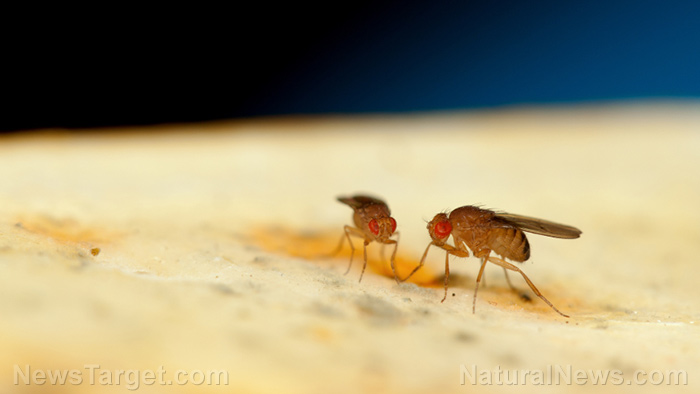This secret weapon hidden in your kitchen is an excellent natural insect repellent
06/26/2017 / By Tim Wesley

Most of the time, people, places, and objects that we don’t usually notice are the ones that often surprise us a lot. Those that we don’t bother giving a second look at or easily dismiss as something that are not too useful almost always end up giving us a pleasant surprise. Take bay leaves for example. Did you know that these leaf spices are your best weapon in keeping your kitchen pest-free?
Bay leaves are aromatic spices that have been around for thousands of years. In fact, bay leaves (or bay laurels) were highly prized by the Greeks and Romans because they believe bay leaves symbolize peace and wisdom. These are used for cooking because of their distinct taste and aroma. They also have medicinal benefit. However, one of the things most people are unaware of is the fact that bay leaves are excellent pest repellents.
Banishing bugs and pests from the kitchen will require you to think carefully about the products you’re going to use to accomplish this goal. Obviously, the kitchen is where you prepare your meals, so it wouldn’t do you or members of your household any good if you’re going to use something that contains toxic substances as doing so opens the possibility that harmful substances can get in contact with your food or the utensils you use.
Bay leaves can solve this problem. Just like boric acid, bay leaves have a gentler and kinder way of keeping insects at bay. That’s because bay leaves contain essential oils — like eucalyptus — which produce a strong scent that can keep pests away. What’s even better is, bay leaves don’t cost a lot. In fact, they don’t have to cost anything at all.
These natural forms of pest control offer the best way to get rid of pesky pests. The best thing about using bay leaves is that you can be assured that there is absolutely no health risk to you and to people around you. You can proceed as normal when inside the kitchen – prepare meals, enjoy dinner, enjoy some quality time with the kids – after filling your kitchen with the aromatic smells of bay leaves and not worry about potential side effects. (Related: 11 Top Uses & Benefits of Bay Leaf.)
This is not the case when you use insecticides to get rid of pests inside your house. For insecticides to work against rodents, cockroaches, bugs, and other pests inside the house, they need to be toxic at some levels. And since they are toxic, they tend to be hazardous to humans. If you’re someone who regularly uses insecticides, you’re more likely to experience the symptoms of pesticide poisoning.
The symptoms can be systemic or topical. Topical effects are usually concentrated at the affected body part that the insect came into contact with, caused by the pesticide’s irritant properties or an allergic response from the person. The most common effect is dermatitis or inflammation of the skin. It’s also common to experience coughing, wheezing, or sneezing when exposed to such toxic chemicals. The eyes, nose, and even the back of the throat may feel raw or scratchy.
Systemic symptoms, on the other hand, may occur away from the original site of contact and is a result of chemicals being absorbed by the body. Examples of systemic effects include nausea, headache, fatigue, and intestinal disorders. High exposure can lead to changes in heart rate or difficulty in breathing. In some cases, it can even lead to coma or death.
These are enough reasons why you need to opt for a more natural way to keep pests away. Bay leaves offer the safest and most effective way to keep insects away from your food and your home. Although there is no scientific evidence to support these claims, there’s no denying the fact that bay laurels can keep your kitchen pest-free.
To use bay leaves to ward off insects, put them inside cabinets or under the shelves or in areas where you’ve seen insects loiter around your house. You can also put some near the trash bin, which is usually the first place where insects are found. Sometimes ants, flies, and cockroaches can find their way inside of food containers, so put some bay leaves on your food jars to protect oats, pasta, rice, or flour. You don’t have to worry about doing this as the leaves’ smell will not stick to your food.
Sources include:
Tagged Under: benefits of bay leaves, insecticides, natural pest repellent



















